You are about to embark on what could be a very difficult time in your life and we can make it a lot easier. You have suffered an insurance loss and it is now time to address the situation.
LET’S GET STARTED!
First of all, who are the players? What do the terms mean?
1. You are the POLICY HOLDER, the client the property owner.
2. Your AGENT is the one who sold you the policy. Agents represent various insurance companies. They are marketing and sales experts who professionally represent various products offered by insurance companies.
3. The INSURANCE COMPANY is the one who issued the insurance policy and is the one who will have to pay for the damages.
4. The ADJUSTOR is an employee of the insurance company who is to determine if the loss you have suffered is covered by the insurance policy and what the cost will be to repair the loss.
5. The INSURANCE POLICY is the document that creates a legal contract between you and the insurance company. The insurance policy clearly defines the coverage and reimbursement policy of the company who issues the policy.
6. There are several types if COVERAGE. The Coverage of the insurance policy determines what will be repaired or reimbursed by the insurance company. The two main types of coverage are PROPERTY and CONTENTS:
7. a) PROPERTY COVERAGE is the coverage that pertains to the physical structure of the home. It may also pertain to any permanently attached items; b) CONTENTS COVERAGE pertains to your personal property such as furniture, clothes etc.
8. DEPRECIATION is the amount that may be deducted from your coverage by the Adjustor due to the age or condition of the property.
9. RECOVERABLE DEPRECIATION is the amount held back by the Adjustor until the property is repaired back to its original condition, and then paid to the policy holder.
10. THE CONTRACTOR is the company who will make the repairs to the damaged property.
11. THE SCOPE OF WORK is a very detailed description of exactly how and what will be repaired and what the insurance company deems is a reasonable cost to complete the repairs.
12. THE BIDDING PLATFORM is the insurance recognized computer program that converts the scope of work into a dollar amount that the Adjustor is willing to pay.
13. THE LABOR COMPONENT is the amount the Bidding Platform determines is a fair amount to pay a tradesman for a certain repair.
14. THE MATERIALS COMPONENT is the amount the Bidding Platform determines is a fair amount to pay for the damaged property.
15. THE BID provided by a contractor should include the scope of work to be performed and the amount the contractor will be paid to repair the house. This amount should be the same as what the insurance company agrees should be covered by the loss.
16. The AGREED PRICE is the amount of the bid that the Adjustor and contractor have both agreed is a fair price to repair the property. All AGREED PRICES should include a detailed scope of work and define the materials and labor components of the scope work.
17. THE DECUCTIBLE is the amount the policy holder (homeowner) will have to pay before the coverage of the policy begins. An example of this would be something like this:
A homeowner has a tree hit their house. The total cost to repair their home is determined by the adjustor and the homeowner’s contractor to be $10,000.00. This $10,000.00 becomes an agreed price. The homeowner has a $500.00 deductible. The homeowner authorizes the contractor to make the repair. Once the repair is completed the homeowner pays the first $500.00 of the cost (The Deductible) to the contractor and the adjustor pays the remaining $9,500.00 of the cost to the contractor for a total payment between the two of $10,000.00.
18. SUPPLEMENTS – additional scope of work added to the original scope of work, and paid for by the insurance company. These supplemental additions are typically not known at the time of the original scope work was created.
19. THE WORKMANSHIP GUARANTEE is the guarantee the contractor offers the homeowner on the repairs that have been completed by the contractor.

Recent Comments